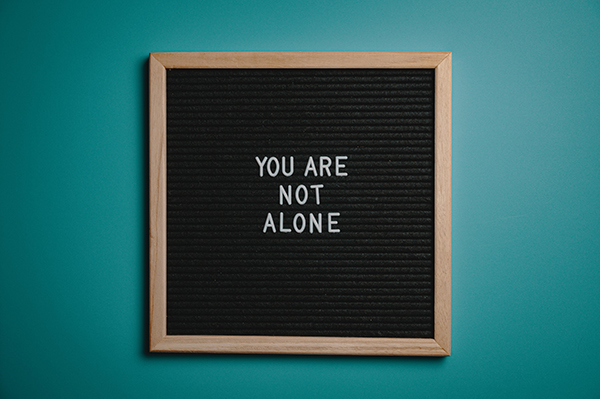When to Walk Away from an Argument

by Jasmine Mauss, LCMFT
Friday, June 27th, 2024
Many couples report that it is extremely challenging to know when to walk away from an argument. One (or both) partners may have the emotional stamina to keep the conversation going for longer than is constructive. Although it may seem that we will reach a faster resolution this way, marathon fights can often do more damage than actual repair. Each person needs to take mutual responsibility to monitor the argument, assess if they are “past the point of no return,” and press the pause button on the conversation when necessary. Some signs that may signal you are in a non-constructive argument: rising intensity of volume, “low-blows” or snide comments, one person getting suddenly quiet, name-calling, and impenetrable defensiveness. As couple therapists, we often see common non-constructive argument trends. Below, we take a look at a few of these trends in more detail and illustrate why both partners need to do their part to disengage tactfully.
- The Argument Goes in Circles –If the argument has exceeded forty-five minutes it is likely that you and your partner are saying the same things over and over again, just in different ways. I hear many couples say “we just go in circles” and return back to the original argument/same topics. If this is the case, it is likely that your conversation is stuck in a continuous feedback loop. Some remedies for this issue include: expressing more validation and understanding for your partner’s experience, stopping to talk about one person’s concern at a time, and calling out the repetitive nature of the conversation when you notice that you or your partner are repeating the same points. Being mindful of when this happens will save both people time, energy, and risk of resentment building up.2. Someone Shuts Down – Most couples have experienced an argument where one partner (or both) lose energy for the fight and begin to shut down. After continuous back and forth with no resolve, somebody begins to tap out of the conversation. You may notice that your partner’s mood has shifted into a more apathetic, exhausted, or resigned demeanor. While this can sometimes be perceived as rudeness, it is actually likely that there is emotional fatigue beginning to set in. It is likely that you or your partner may be feeling overwhelmed and flooded, no longer having the capacity to continue the conversation. In fact, people even have a mechanism in the brain that shuts off our “reasoning and rationalizing” abilities when we have experienced too intense a bout of “fight or flight.” It is important to respect this, give our brain and body a time-out, and return to the conversation when we are feeling more regulated and grounded.3. Getting Out of Character –What often makes arguments feel as torturous as they do, is the propensity for them to get more intense and damaging as they continue to escalate. All of us have an unconscious bag of defensive strategies that come out when we are feeling hurt or triggered. Some of the strategies are more adaptive, resourceful and effective than others. Healthy strategies will often lead towards diffusion of the argument and repair of the tension. Maladaptive strategies start to take on a more contemptuous, vicious, and vindictive nature. If you start to feel like you are breaking out of your normal character, or acting in a way that doesn’t align with your relationship values, it is probably time to take a break in the conversation. Think about whether or not you are showing up as your best self to the conversation. If the answer is no, time to pause!











